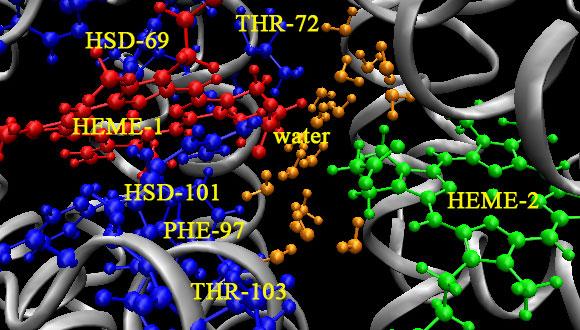Chemical Physics Seminar: Coupling free-electrons and whispering gallery modes
Dr. Ofer Kfir, Georg-August-University of Göttingen
Zoom: https://zoom.us/j/92541190038
Abstract:
Free-electron beams in dedicated electron microscopes are an extremely functional probe for microstructure and composition [1]. Technological improvements in electron-beams control have repeatedly revolutionized the scientific reach of nanoscopic phenomena, with examples as aberration correctors [2] and the Nobel-winning cryo-electron-microscopy [3]. Light – the newest insertion into electron microscopes – creates novel ultrafast imaging modalities, facilitating direct observations of dynamics in phase transitions [4], phonons [5,6], and more. However, the weak coupling of electrons with photons is a limiting factor for emerging applications [7,8] of light-based electron control.
This talk presents a roadmap towards a strong coupling of electrons and light, using whispering gallery mode (WGM) microresonators [9,10]. I will start by discussing the important properties of these rotating modes for electron-light coupling. I describe the expected entanglement of electrons and photons, the statistical properties of the electron-photon states, and show that in the weak coupling regime they disentangle and reproduce known phenomena. Experimentally, I show how basic features of WGMs, such as light storage, modal population, and light coupling are expressed in the interaction with electrons. Importantly, an optimized arrangement of microresonators drives a dramatic modulation of the electron beam, expressed as a broad and coherent electron-energy spectrum. In the future, the strong-coupling of electrons to resonant optical modes can be used for fundamental electron-photon research, such as entangled electron-photon pairs, optical electron-phase manipulation, and generally, the merging of electrons into the realm of quantum optics. Furthermore, the combination of resonators with electron microscopy allows for dynamical imaging and spectroscopy with nanometer resolution and a temporal resolution down to the attosecond-scale.


